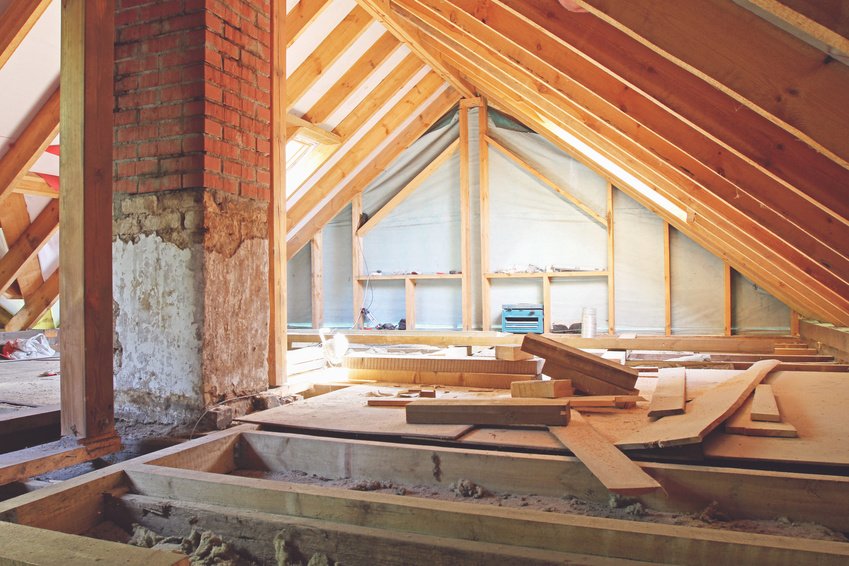Over 20 million houses in the United States still have crawl spaces. It’s a term you may hear fairly often, but might not fully understand. A crawl space can refer to a variety of unfinished areas of your home, but in this article we’re going to focus on one particular type of crawl space: that small, spiderweb-filled space between the ground and the raised first floor of your home. Usually, it’s no more than 3 feet in height, hence it can’t be entered standing and is aptly named a crawl space.
Why are they a big deal? Well, basements and crawl spaces are notorious places for unwanted moisture to creep in and cause trouble. Crawl spaces are more worrisome because they’re obnoxiously small areas that tend to sink to the bottom (get it?) of the home maintenance list. Neglecting them can cause health and structural issues that’ll have you wondering how you could’ve avoided mold removal or foundation damage in the first place.
There are two common ways to prevent moisture from collecting in ground floor crawlspaces, crawl space encapsulation and crawl space sealing. However, many homeowners are confused about the differences between these techniques. We’re here to clear up confusion and banish your basement bemoanings.
Crawl Space Encapsulation vs. Sealing
Two similar terms that are often used synonymously, they’re both viable options for crawl space waterproofing. While both involve the installation of a crawl space vapor barrier, a full crawl space encapsulation does exactly what the name suggests. It’s a total covering of walls, floors, ceilings, and all surfaces within the crawl space. Sealing is a floor cover that seals the floor and up to several inches up the walls. Which one you choose has to do with the specific needs of your home and crawl space, though full encapsulation will ensure a more controllable environment.
Preparing
With basement waterproofing, crawl space encapsulation, or sealing, how well it works has everything to do with how you much care you take in approaching the process. Crawl space moisture removal prior to any of these processes is vital to their effectiveness. While sealing can be installed as a do it yourself project, it’s prudent to at least get professionals to take a look and give their advice/opinions before you get your hands dirty. There’s no sense is a laborious process that results in an ineffective conclusion. Moisture, mold, and everything that might impede the encapsulation process needs to be removed before any viable, lasting work can be done.
On the journey of good housekeeping, there are some dirty jobs out there. Crawl spaces can be uncomfortable, damp places that seem better kept out of sight and out of mind. Don’t let these cavernous troublemakers allow moisture laden mischief. Root it out, seal it, and keep it out. Stay tuned for our next post on keeping your crawl space cozy post-encapsulation.


